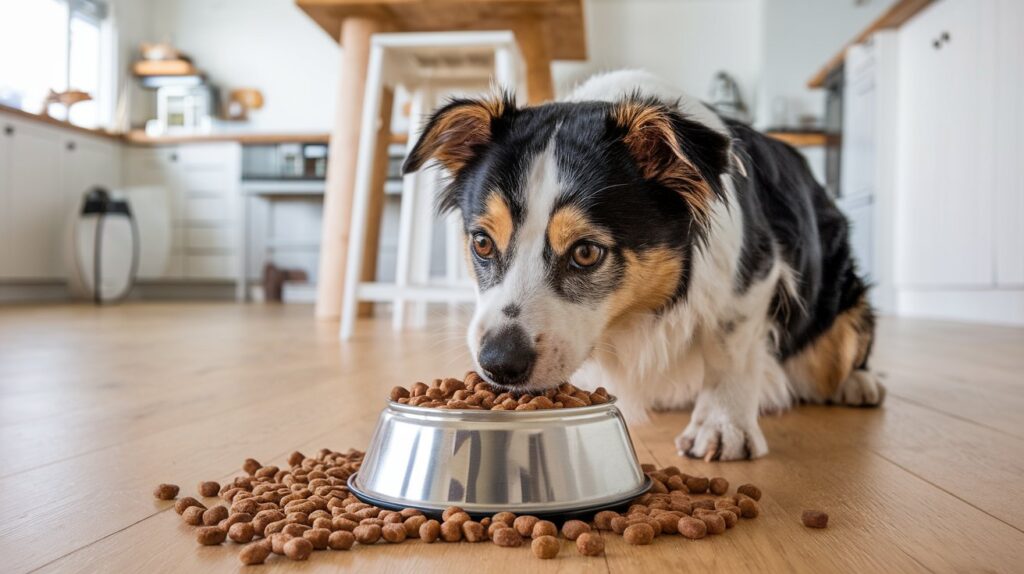Table of Contents
- Introduction
- Why Pet Food Sustainability Matters
- Key Sustainable Practices in Pet Food Production
- Leading Green Pet Food Brands
- Challenges in Sustainable Pet Food Manufacturing
- How Pet Owners Can Support Sustainability
- Conclusion
- FAQs
Introduction
As environmental awareness grows, pet food brands are adopting sustainable practices to reduce their ecological footprint. From responsibly sourced ingredients to eco-friendly packaging, the pet food industry is evolving to meet the demands of eco-conscious consumers. This article explores how brands are going green, the challenges they face, and how pet owners can contribute to a more sustainable future.

Why Pet Food Sustainability Matters
The pet food industry has a significant environmental impact due to meat production, resource consumption, and plastic waste. Sustainable pet food aims to:
- Reduce carbon emissions
- Minimize water usage
- Decrease reliance on single-use plastics
- Promote ethical sourcing
By choosing sustainable options, pet owners can help mitigate climate change while ensuring their pets receive nutritious meals.
Key Sustainable Practices in Pet Food Production
1. Ethically Sourced Ingredients
Brands are prioritizing:
- Human-grade, organic ingredients
- Insect-based proteins (lower carbon footprint than livestock)
- Plant-based formulas for pets with lower meat requirements
2. Eco-Friendly Packaging
- Biodegradable bags
- Recyclable materials (paper, cardboard)
- Minimalist designs to reduce waste
3. Carbon-Neutral Manufacturing
Some companies offset emissions by:
- Using renewable energy
- Supporting reforestation projects
- Optimizing supply chains for efficiency
4. Upcycling & Waste Reduction
- Using byproducts from human food production (e.g., fish skins, vegetable pulp)
- Reducing food waste through portion-controlled packaging
Leading Green Pet Food Brands
| Brand | Sustainability Initiatives |
|---|---|
| The Honest Kitchen | Human-grade, dehydrated food with compostable packaging |
| Wild Earth | High-protein kibble made from yeast and plants |
| Open Farm | Ethically sourced meats, traceable ingredients, recyclable packaging |
| Yora | Insect-based protein with low environmental impact |
Challenges in Sustainable Pet Food Manufacturing
- Higher production costs leading to premium pricing
- Consumer skepticism about alternative proteins
- Limited infrastructure for biodegradable packaging disposal
How Pet Owners Can Support Sustainability
- Choose brands with eco-certifications (e.g., USDA Organic, B Corp)
- Opt for bulk purchases to reduce packaging waste
- Consider homemade pet food (with vet guidance)
- Recycle or repurpose pet food containers
Conclusion
Sustainable pet food is no longer a niche trend—it’s a necessity. As more brands adopt eco-friendly practices, pet owners have increasing opportunities to make environmentally responsible choices. By supporting green initiatives, we can ensure a healthier planet for future generations—both human and animal.
FAQs
1. Is sustainable pet food as nutritious as conventional pet food?
Yes, many sustainable brands meet AAFCO standards while using high-quality, responsibly sourced ingredients.
2. Are plant-based diets safe for pets?
Dogs can thrive on well-balanced plant-based diets, but cats require specific nutrients found in meat. Always consult a vet before switching.
3. Why is insect protein considered sustainable?
Insects require far less land, water, and feed than livestock, making them an eco-friendly protein source.
4. How can I tell if a pet food brand is truly sustainable?
Look for third-party certifications (e.g., Fair Trade, MSC-certified seafood) and transparent sourcing policies.
5. Does sustainable pet food cost more?
Often, yes—due to higher-quality ingredients and ethical production. However, prices are decreasing as demand grows.
